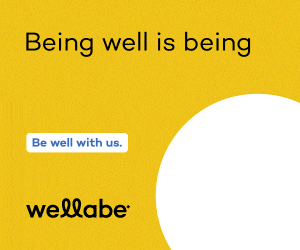Elbert: Health care’s tangled past

Our health care system is tied up in knots to the point where it has not been able to respond effectively to the pandemic.
We are the only major country in the world that does not have government-sponsored health insurance. As a result, we are slowly sinking into a morass of our own making.
Infections and deaths in the United States are among the worst in the world. As of mid-January, more than 22 million U.S. residents have been infected with coronavirus and more than 400,000 have died.
Things could have been different.
“These Truths,” a ground-breaking history of the United States written in 2018 by Harvard University’s Jill Lapore, is replete with missed opportunities.
She traces the origins of our country, often with facts that others ignored or glossed over. For example: “Between 1500 and 1800, roughly two and a half million Europeans moved to the Americas; they carried twelve million African Americans there by force, and as many as fifty million Native Americans died, chiefly of disease.”
Lapore’s history of health care is eye-opening.
“Germany showed the way in 1883,” when it established the first government-sponsored health care insurance, she wrote. Britain followed in 1911 with its National Insurance Act, prompting the formation of a Committee on Social Insurance in the United States.
That committee was led by Isaac M. Rubinow, a Russian-born doctor who “hoped ‘sickness insurance’ would eradicate poverty. By 1915, his committee had drafted a bill, providing for universal medical coverage,” according to Lapore.
An editorial in the Journal of the American Medical Association approved. It said, “No other social movement in modern economic development is so pregnant with benefit to the public.”
Lapore added that in 1916 Yale University economist Irving Fisher wrote: “At present, the United States has the unenviable distinction of being the only great industrial nation without compulsory health insurance.”
But then came World War I, and insurance companies successfully opposed universal coverage by saying they did not want national health insurance “made in Germany.”
With the arrival of the Great Depression in the 1930s, another push for universal coverage was made. Rubinow, who was still around, urged President Franklin Roosevelt “to include health care in the New Deal,” Lapore reported.
By then, however, the American Medical Association, which had favored Rubinow’s proposal before the war, had switched sides, and framed the question as “Americanism vs. Sovietism.”
Roosevelt focused on Social Security, which was funded by a similar method, but he dropped health care.
In 1945, President Harry Truman made universal medical insurance the centerpiece of his domestic agenda, opting for compulsory insurance funded with a payroll tax, the same as Social Security.
It was the same plan that California Gov. Earl Warren had created in 1945 but failed, by one vote, to implement.
There was little opposition until a public relations firm Warren had fired from his campaign rebelled. The scorned firm “took a piece of legislation that enjoyed wide popular support and torpedoed it,” with slogans like “Political medicine is bad medicine,” Lapore wrote.
The American Medical Association hired Warren’s former PR firm “to put a permanent stop to the agitation for socialized medicine,” which it mostly did for the next half century.
One exception was during the mid-1960s when President Lyndon Johnson was able to secure passage of Medicare for Social Security recipients and Medicaid for the poor.
Despite more than a century of controversy, the basics of universal health care are amazingly simple. It only works when everyone pays into an insurance pool.
We’ve never had a system like that. We got close with President Barack Obama’s plan before Congress removed the mandatory provisions, creating cracks in the system that drained the insurance pool to an unsustainable size.
And that’s where we are today, with a health care system tied up in knots.







